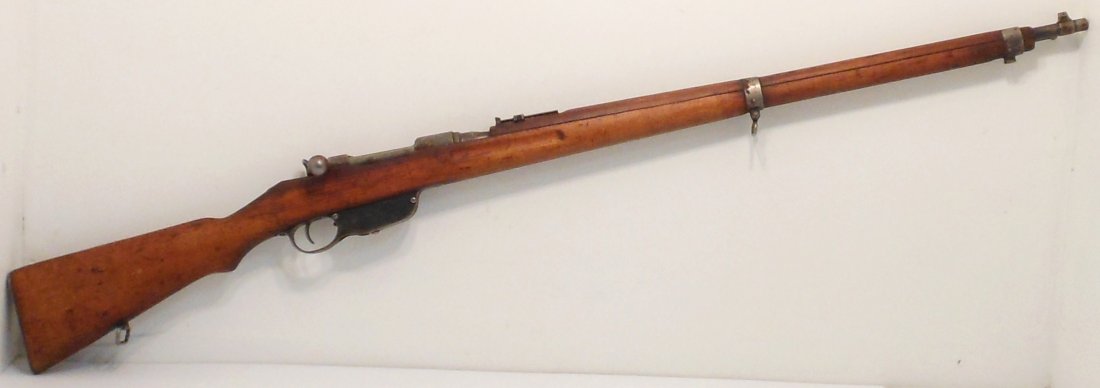

It is also renowned for a high degree of reliability and sturdiness, although this requires decent care and maintenance with an extractor that is notoriously prone to breakage. The M1895 is unusual in employing a straight-pull bolt action, as opposed to the more common rotating bolt of other rifles. Many were found in the hands of African guerrillas in the 1970s. Numbers of these rifles also turned out in World War II, particularly in the hands of second line and reservist units. During World War II Romania employed much use of the Mannlicher rifle. It was employed by the Austro-Hungarian army throughout World War I, and post-war by both Austrian and Hungarian armies. Most of the rounds out there in circulation today are WWII-made German 205 gr.The Steyr-Mannlicher M1895 rifle is an early bolt-action rifle, designed by Ferdinand Ritter von Mannlicher. The majority of guns found today were converted in the 30s to the 8x56mm round. Unlike your 8mm German Mausers, 303 Brit Enfields, and 7.62x54R Mosins, bulk surplus ammunition for the M95 is non-existent.

Correct period bayonets usually run $75-$100 while slings, cartridge pouches, and other items are elusive. While you can luck into these guns all day for a hundred dollar bill, shooting and collecting the accessories for them are another matter. They never had the panache of the Mausers, the bargain basement price of the Mosin, or the widespread ammunition availability of the Enfield or Springfield rifles, which left them siting on many racks in gun stores. While the price of old military bolt-actions rose steadily over the decades, the Steyr M95 has remained fairly low and today can still be found hovering around the $100 mark. With more than 3-million Ruck-Zucks manufactured 1895-1921, these guns have been on the surplus market worldwide since the Prohibition era. This was mitigated by the short rifle variant, a handy little 7-pound carbine that used a 19-inch barrel and has a very distinctive stacking rod on the front barrel band. This meant that the original M95 would be considered huge by today’s standards at 50-inches long overall with a 29.5-inch barrel. To put it in perspective this gun was designed just 30-years after the American Civil War and long-barreled rifles that could mount a decent bayonet were the standard for warfare at the time. Between the fast bolt and the one-piece reload of the enbloc clip, it was possible for a trained rifleman to fire up to 30-rounds per minute with the M95. Once the rounds were loaded the clip would fall free through an opening in the bottom of the magazine box and was reusable. This is not unlike the 8-shot enbloc of the M1 Garand familiar here in the US.

To reload this fast-operating bolt gun, the M95 was charged with a five-shot enbloc spring steel clip that was held inside the rifle. The M95’s enbloc clip full of 8x56mm rounds.


 0 kommentar(er)
0 kommentar(er)
